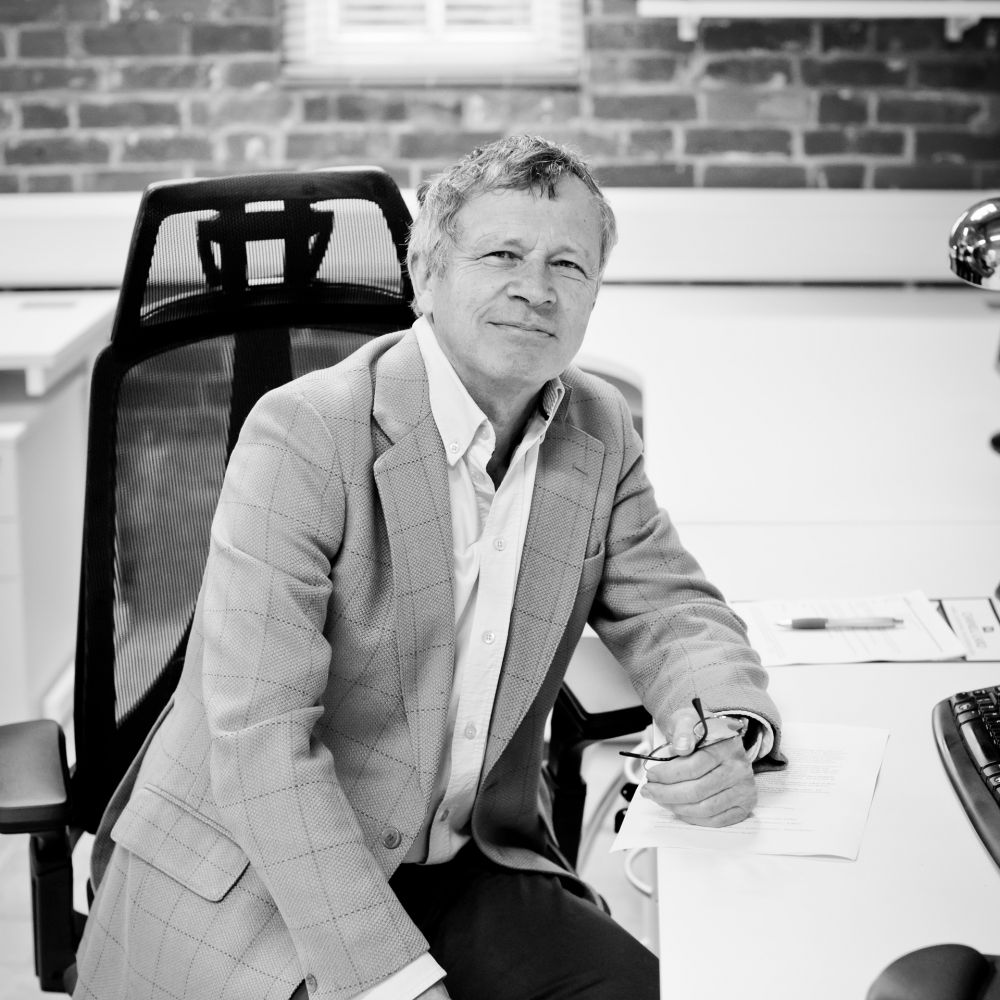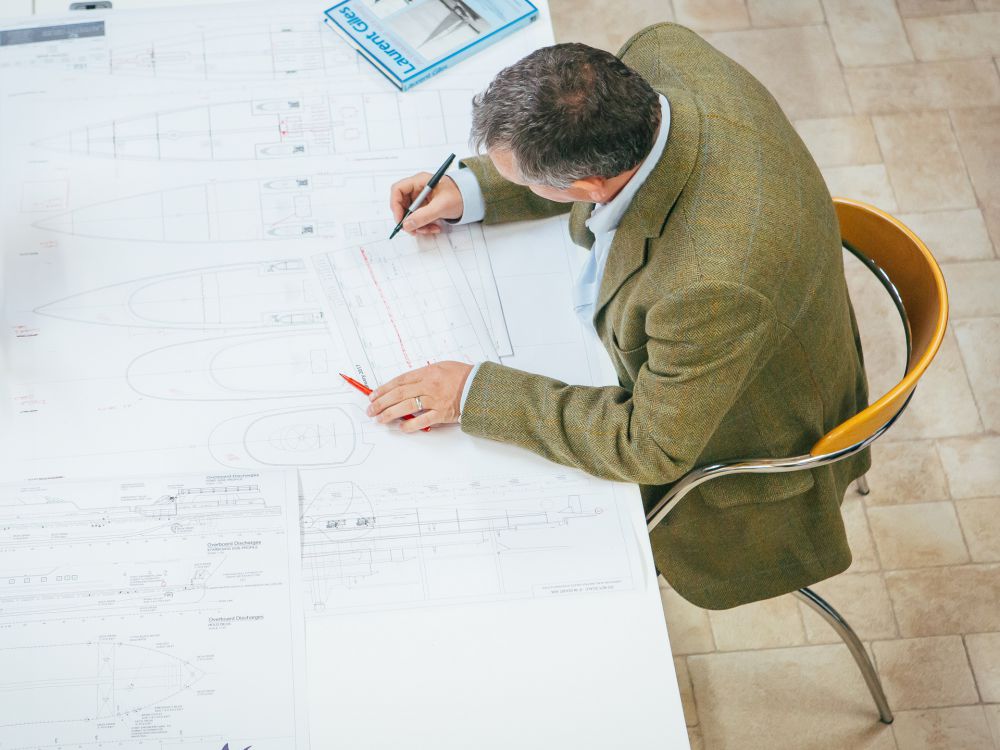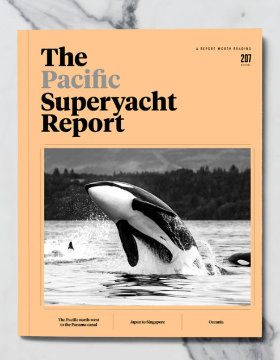Company Description
One of the oldest firms of Naval Architects and Yacht Designers in the World, Laurent Giles was founded in 1927 by Jack Laurent Giles. Originally made famous by his small sailing yacht designs (the 25 foot Andrilot crossing the Atlantic in 1936) Laurent Giles are now considered as pioneers of Superyacht design with vessels such as the 49m “ Gull” built by Benetti as early as 1982. Since then the company has worked at the leading edge of the Superyacht industry, with designs including the largest all aluminium yacht in 1989 to one of the first diesel electric yachts in 2005.
The firm is now headed by David Lewis, who has been with the company since 1995 and is supported by a dedicated team of naval architects, engineers and designers. The office is always busy with a diverse range of Superyacht projects at various stages of development with sizes ranging from 30m to 150m plus, featuring new builds and refits.
Laurent Giles brings a breadth and depth of naval architectural experience to any design project which is unrivalled in the Industry “believe engineering solutions should be as progressive as the designs they support. With modern engineering construction techniques, there is no excuse for the engineering to hinder the uniqueness of any design.” — Lewis Specialising
in naval architecture, Laurent Giles also undertake design for individual clients.  Technical services are offered to yards, clients and designers, with many projects starting as simple reviews of concept designs and progressing through to a complete technical package and through build support.
Utilising state of the art software and an enviable database of previous projects, combined with either computer simulations or physical testing, any project irrelevant of size can be undertaken in house.
Core services:
Naval Architecture
Structural engineering
Technical consultancy
Tank testing and hull development
Personality
Q. What are the common design mistakes you have come across and how can they be avoided?
With a naval architecture and engineering background we endeavour to integrate these disciplines with design at all stages of a projects development. It is important not to overlook technical space management and planning through the design process, but especially at an early stage. It is important to fix these areas at the beginning of any concept as these spaces are critical to any vessel. The integration of these spaces at a later stage will be difficult and may compromise a general arrangement that has had many hours of design development invested in it.
Q. What is the most unusual design feature you've been asked to incorporate as part of a project?
On the technical side, there have been many unusual design features, from tender docks, retractable helicopter pads to telescopic viewing platforms to mention only a few. Probably the most unusual to engineer was a request for a gimbaled bowling alley. Sometimes the smaller requests can be unusual, such as the requirement for a trapeze bar in a main saloon!
Q. Of the many international design studios, which one would/do you aspire to and why?
There are too many to list, not just within the Yacht design industry, but industrial design, product design and car design. Names like James Dyson, Henrik Fisker, and John Bannenberg where all names forwarded when this question was posed to the office. We aspire to be a studio built on the creative foundations from each of these, while always looking to use inspiration from outside our industry to push the boundaries of superyacht design and engineering.













